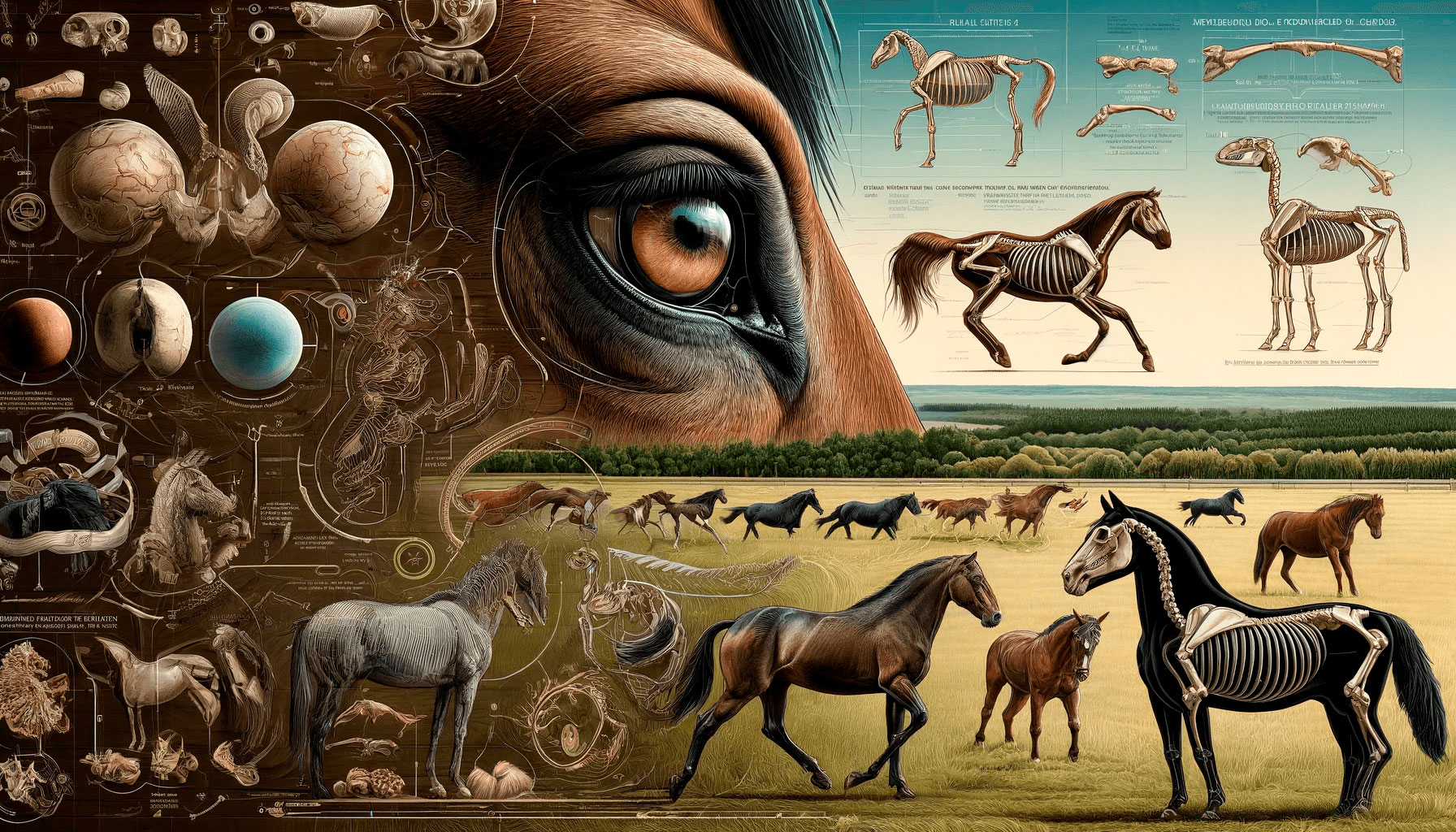
Asturcón, the asturian horse that came close to extinction
The Asturcón is one of the most representative and ancient equine breeds of the Iberian Peninsula, especially from the region of Asturias. This small but resilient horse has been a symbol of Asturian culture and tradition for centuries.
The Asturcón horse is recognized as the typical horse of Asturias due to its native origin, hardiness, and endurance. During Roman times, this horse was highly valued for its abilities, leading it to be exported to Rome for military campaigns. Its adaptable nature and low maintenance made it ideal for the Romans, who admired its resilience and strength.
Where can Asturcón horses be found?
They originate from the mountainous region of Asturias, in northern Spain, especially common in the Sierra del Sueve and some areas in the western core of Asturias, such as the Oscos. In these areas, Asturcón horses can be found in the wild, living in herds and adapting to the extreme climatic conditions of the region. There are also breeders in other parts of Spain who have contributed to keeping this native breed alive in the country.
History and origin
The history of the Asturcón dates back to pre-Roman times, when it was already known for its small size and characteristic "amble," a type of gait that provides a smooth and comfortable ride for the rider. The Roman conquerors greatly valued it, and the demand in Rome was such that it was exported for military campaigns, as its endurance and low maintenance requirements made it ideal.
During the 19th century, the Asturcón horse was close to extinction due to low demand and crossbreeding with other breeds. However, veterinarians and enthusiasts from the region began conservation efforts in places like Tineo and Cangas de Narcea, where the genetic heritage of this breed started to be researched and preserved.
These efforts culminated in the 1980s with the creation of a breeding program that has allowed nearly 1,500 specimens to be registered today.
Morphological characteristics: How much does an Asturcón horse weigh?
It belongs to the pony morphotype, being of small stature with an average height at the withers of 125 cm and a weight between 200 and 300 kilograms. This horse has a straight or concave profile, a pronounced jaw, and a "brevi-linear" structure, meaning its chest-to-croup length is similar to its height. Its morphology allows it to easily adapt to mountainous terrains and adverse weather conditions.
As for its coat, this Asturian breed can be black, bay, or chestnut, although only a small white spot on the forehead (called a "star") is allowed to consider the specimen suitable for breeding. Any other marking or shoeing disqualifies the horse in terms of breed purity.
How many Asturcón horses are there in Asturias?
The population of Asturcón horses has increased thanks to conservation programs and the work of associations dedicated to their protection.
It is currently estimated that there are around 1,500 registered specimens, distributed among local breeders and some in a semi-wild state in the mountains of Asturias.
This population growth is the result of a collective effort involving both public institutions and private breeders, who ensure the maintenance of the pure lineage through genetic testing and identification of specimens using microchips.
For updated figures on population and conservation efforts, you can consult official organizations such as the website of the Ministry of Agriculture, Fisheries, and Food of Spain.
Adaptability and behavior
The Asturcón horse is known for its ability to adapt to hostile climates and its endurance, qualities that enable it to survive in conditions of scarce resources. This adaptability is reflected in its behavior; while it can live freely, it also adapts well to human interaction, especially if it has had contact with humans from an early age.
Breeding methods
There are currently two breeding methods:
- In the wild: This method is primarily used in the Sierra del Sueve and the western core of Asturias. The horses live in herds and have minimal interaction with humans, limited to marking and selection of breeders.
- Domestic breeding: Some breeders choose this method, both in Asturias and other parts of Spain. Here, Asturcón horses are raised in pastures and have closer interaction with humans, being fed and cared for daily.
Temperament and training
Contrary to the popular belief associating this breed with a fierce temperament, the Asturcón is of a gentle and noble character, especially if it has had human contact from a young age. This trait makes it a suitable horse for interacting with children and families, making it especially valued in family equestrian settings.
Conservation and promotion of the breed
The preservation of the Asturcón horse has been possible thanks to the support of breeders and local institutions that manage the breed’s studbook. Through paternity testing and the use of microchips for identification, the purity of the lineage is ensured, and organizations promote the breed throughout Spain. Events such as the Asturcón Festival, held in the Sierra del Sueve, highlight the importance of this breed and make it a tourist attraction for those who wish to learn more about Asturias’ native horse.
The current state of the Asturcón
Today, the Asturcón is still valued as a cultural symbol of Asturias and as an ideal breed for equestrian tourism activities in mountainous terrains. Although its size limits it for certain competitions, its resilience and adaptability make it a perfect horse for the countryside and mountains, highly appreciated by riders seeking a hardy and easy-to-handle horse.
The Asturcón horse is a living symbol of the history and culture of Asturias. Its resilience, adaptability, and noble character have earned it a special place in the equestrian world and in Asturian identity. Thanks to conservation and promotion efforts, this breed has not only survived the test of time but continues to gain recognition both within and outside Spain.












_v2.svg)
_v2.svg)









_v2.svg)


